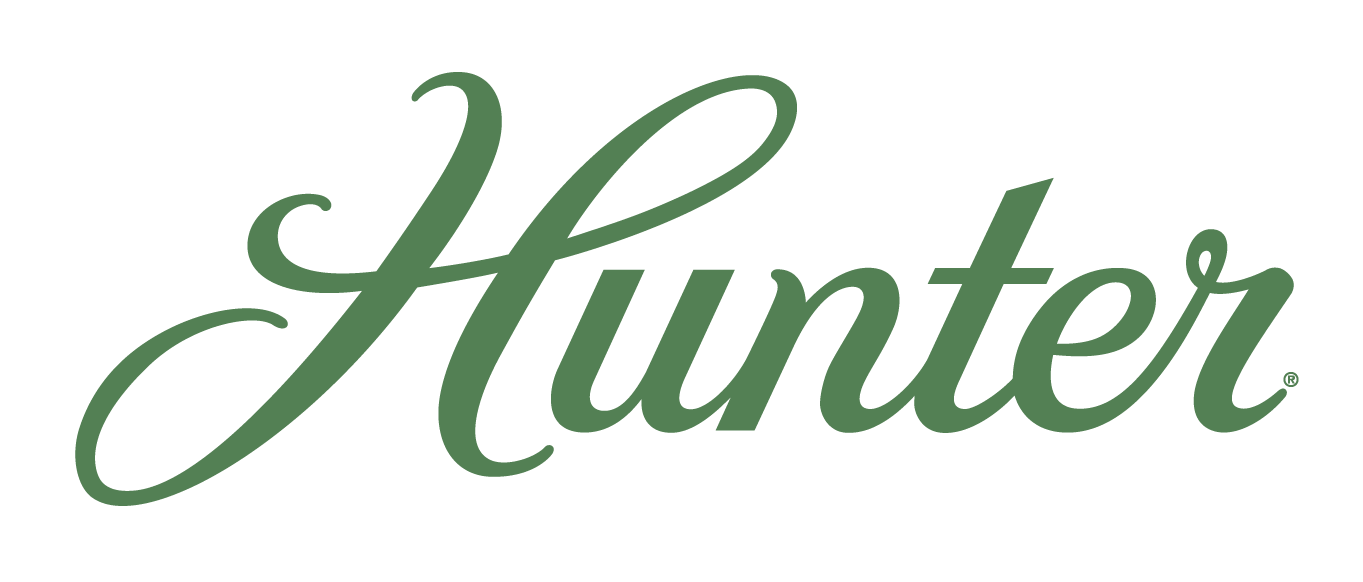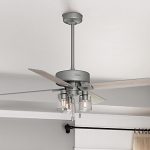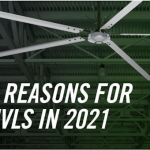Most people are aware that an HVLS fan provides cooling comfort and cost savings in the heat of summer. However, a benefit that often goes unnoticed is the cost savings that can be achieved in the colder months of winter. A process called destratification allows HVLS fans to not only help you keep cool, but also raise the heat.
WHAT IS DESTRATIFICATION?
Science, as well as personal experience, shows us that heat rises. Because heated molecules have higher energy levels, they weigh less than colder molecules, causing them to rise from the floor where your employees are working, up to the ceiling. This is called stratification. However, science also shows us that it’s possible to reverse this process by mixing warm and cold air to create a more even temperature, which is known as air destratification.
WHY DE-STRATIFY?
During the winter months, cold toes and fingers don’t have to be the norm for you or your employees. The simple act of de-stratifying the heat provided by your HVAC unit, or trapped near the ceiling, can easily correct this issue. And the benefits go beyond temperature control. There are three: cost savings, employee productivity levels, and reduced energy usage.
COST SAVINGS
In summer, it’s expected that a fan will help regulate temperatures, resulting in lower cooling costs for your facilities. However, it’s equally important to harness the cost savings that can be achieved in winter. With controlled air circulation, the warm air near the ceiling will mix with the cooler air at the floor level of your facilities. This way, you can make more efficient use of the heat provided by your HVAC unit to moderate your building’s temperature. Plant Engineering states that through destratification, “even greater benefits can be seen during cold weather” when using an HVLS fan, with estimates showing potential energy savings of up to 30%. This translates to quantifiable cost efficiency throughout the year.
PRODUCTIVITY LEVELS OF EMPLOYEES
Scientifically, it has been proven that an employee’s productivity level decreases when the temperature is too high. The same applies when it’s too cold. In fact, an article published in Psychological Science estimated that an employer could save up to 12.5% of their wage costs per worker by raising the temperature a few degrees.
This is even more prevalent in buildings with higher ceilings, such as manufacturing, processing, and storage facilities, where harnessing the power of an HVLS fan is necessary to make a tangible difference. Furthermore, when an HVAC unit is under strain, maintenance requirements are higher. If these maintenance needs aren’t met, particles like dust and mold are released into the air, decreasing overall air quality, productivity, and potentially increasing employee sick days.
REDUCING ENERGY USAGE
One by one, states have started increasing their energy efficiency standards, and LEAN principles are becoming the norm as companies earn accolades for working towards a more sustainable existence. One of the ways that LEAN sustainability can occur is by reducing your energy usage. According to the National Association of Manufacturers, a third of all energy used is spent by manufacturers. The Environmental Protection Agency cites energy efficiency as one of the quickest and most cost-effective ways to move in a more LEAN direction. This encompasses many outlets, but efficient temperature control is a simple way to make a dent in this figure, as well as reduce greenhouse gas emissions.
These are just a few of the ways harnessing the science behind destratification can benefit your facilities. Regardless of which one is most applicable, or if your facility has other concerns such as customer comfort, it’s clear that leveraging the principles of destratification with an HVLS fan will yield tangible results – results that will impact your bottom line.
Do you still have questions about how destratification with an HVLS fan can benefit you? We’d love for you to watch our destratification video to see how it works. Alternatively, feel free to get in touch with us directly at 1-844-591-3267 for a personalized analysis of how you can make the most of the advantages of using an HVLS fan for destratification.





